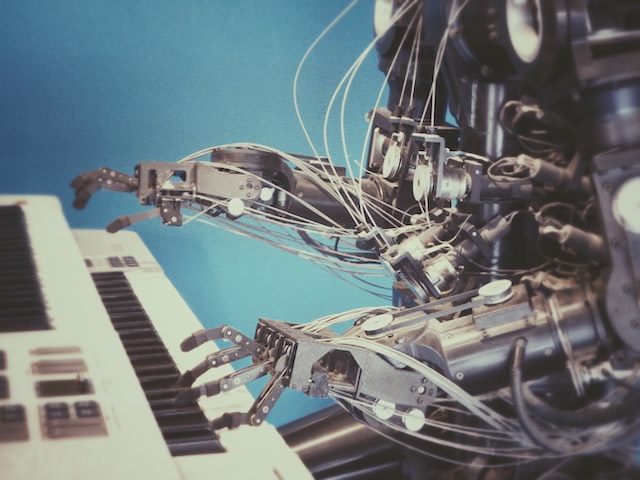GPT-3 (Generative Pretrained Transformer 3) is a state-of-the-art language processing model developed by OpenAI. It is one of the largest and most powerful language models currently available, with a massive amount of parameters – 175 billion – making it capable of handling a wide range of natural language processing tasks.
One of the main features of GPT-3 is its ability to generate human-like text on a wide range of topics. This is made possible by its massive amount of training data, which allows it to understand the nuances and complexities of human language and produce text that is coherent and meaningful. This makes GPT-3 a valuable tool for tasks such as language translation, text summarization, and question answering, where the ability to generate accurate and natural-sounding text is crucial.
Another key feature of GPT-3 is its ability to perform multiple tasks simultaneously. This is made possible by its hierarchical architecture, which allows it to break down complex tasks into simpler subtasks and perform them in parallel. This makes GPT-3 particularly well-suited for tasks such as language translation, where it can handle multiple languages and dialects at the same time.
In addition to these main features, GPT-3 also has a number of other capabilities that make it a valuable tool for natural language processing. For example, it can handle different input formats, such as text, images, and audio, and it can learn from feedback and adapt to new situations. This makes GPT-3 a versatile and powerful tool for a wide range of applications.
Overall, GPT-3 is a groundbreaking technology that has the potential to revolutionize the field of natural language processing. Its ability to generate human-like text and perform multiple tasks simultaneously makes it a valuable tool for a wide range of applications, and its hierarchical architecture and ability to learn and adapt make it a powerful and flexible tool for the future of AI.
Photo by Possessed Photography on Unsplash
 Jairon Landa
Jairon Landa 
 A Comprehensive Analysis of Static Websites: Benefits and Drawbacks
A Comprehensive Analysis of Static Websites: Benefits and Drawbacks